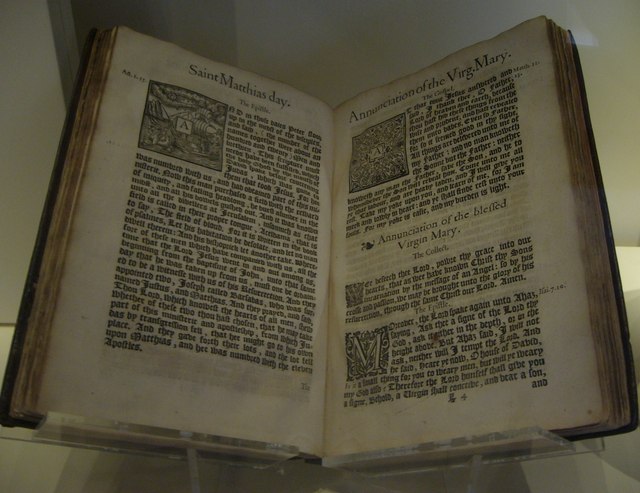Despite the fact that there is a strong push to include multimodal writing with new media in the writing classroom, there is still a significant amount of fear on the part of institutions and teachers alike about how it will change writing as we know it today. In many ways, these fears are rational. If we ask students to start writing in digital spaces, then their projects and assignments are no longer going to resemble the 8 ½ x 11 sheet of white paper we are comfortable with. Not only does multimodal writing challenge students, but it also challenges us as instructors to accept something different. We can see this discomfort easily in the example Jody Shipka provides where a teacher asks, “‘I see how this gets students thinking creatively, but where is the writing? When and what, exactly, are students expected to write’” (140). In this instance, the woman who asked this question could not “see” the “writing” a student did for a research project that was presented as a game similar to Trivial Pursuit. As Shipka explains, “I would surmise that what she was expecting to see, indeed, what she was referring to as ‘writing’ was double-spaced, alphabetic text composed with a twelve-point font, printed on white 8 ½ x 11” paper” (140). This is what we have come to expect as instructors. When we start talking about multimodality, we start talking about projects, assignments, and “essays,” that don’t have to look like traditional papers and that scares us. It makes us uncomfortable because as a field, we have come to value alphabetic print over everything else.
 |
| Image Courtesy of this site |
One thing we cling to in the humanities is the static nature of our texts. Once something has been written and printed, be that for a class or a published piece of work, we see it as unchangeable. This lends a certain amount of credibility to the work that we have decided to value. Although different editions of books can be published and papers can be revised, there is always a paper trail. Dennis Baron writes, “A writer’s reputation, or that of a publisher, predisposes readers to accept certain texts as authoritative, and to reject others. Provenance, in the world of conventional documents, is everything. We have learned to trust writing that leaves a paper trail” (29). Of course most forms of digital writing feature the ability to track revisions, but those revisions are not always made public to the reader and nobody has to approve or validate those revisions. As Baron makes clear, we value the authority of publication. In the humanities, we see publication as a seal of authentication—somebody thinks this is right and worth reading. Digital writing does require that same seal. Anybody, including me, can create a blog and write whatever they want. It can also be changed on any whim, and two readers, minutes part, might not read the same text. Richard Lanham adds, “We have proverbialized black-and-white expression as a guarantee of truth (‘I’ve got it down here in black-and-white!’), but the proverbs can’t hide the technological base of this metaphysical verity. ‘Black and white,’ like print technology as a whole, works by sensory exclusion; there is nothing intrinsically truthful about such a technique” (157). In other words, even print publications cannot tell the whole truth. There are things that are removed and left-out. But as a culture, and as a field of study, we have come to rely on the authority of black-and-white text and it is difficult to imagine an always changing digital text as having the same credibility to offer.
According to Jeff Rice, the humanities, and composition studies specifically, can trace this value of alphabetic texts back to 1963 and what he refers to as the “grand narrative.” In The Rhetoric of Cool: Composition Studies and New Media, Rice explains, “North creates, intentionally or not, a modernist grand narrative regarding the field (a permanent theme), one that stresses more or less a moment centered on a unified theory of empirical (or scientific-oriented) research, one that has found a home in many subsequent discussions and publications on composition studies history” (15). What Rice means is that in 1963, the “supposed rebirth” of compositions studies, the narrative told by North failed to mention “technology, cultural studies, and visual writing” (11,13). This limited the field of composition, then, to the monomodal, alphabetic text that we still teach today, and specifically to our emphasis on the empirical or the objective. Striving to try and be considered “scientific” or at least equal to “scientific,” the field of composition studies focused on being formal and objective. Ultimately, this emphasis results in what Rice, via Ted Nelson, refers to as the “paperdigm.” Rice writes, “The paperdigm limits technological integration into writing, for writers (and educators) expect writing machines to duplicate the familiar and ubiquitous writing practices we normally engage with in print culture…Merely uploading print documents to the Web or engaging in file sharing does not allow writers the ability to rhetorically work with new media; instead such writing duplicates the logic of print in structure, content and delivery” (81). Since the grand narrative neglected “technology” and “visual writing,” even when we try to use new media in the classroom, we expect it to resemble what we would normally encounter with print media. What happens, though, as Rice points out, is educators think just having students upload a file previously written in a word processor is the same as having them create a piece of digital writing that really demands the use of the medium. That’s not the case. As I discussed in “TechnologyUse in the Classroom,” merely using technology is not enough. To truly integrate new media requires that we break away from our reliance on the “grand narrative” and our comfort with the “paperdigm.” For example, check out this person's idea of a "Grand Narrative."
 |
| Photo Courtesy of this site |
No comments:
Post a Comment